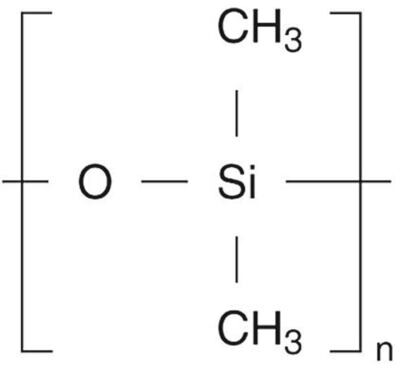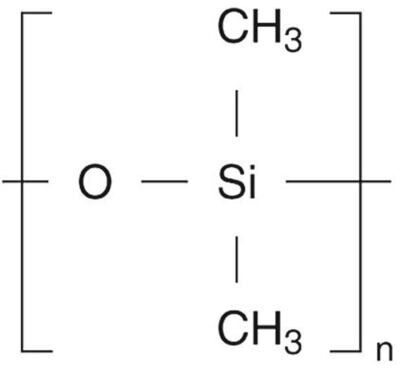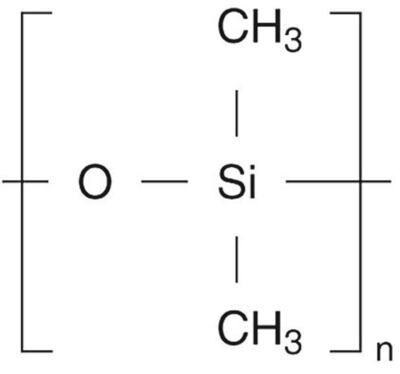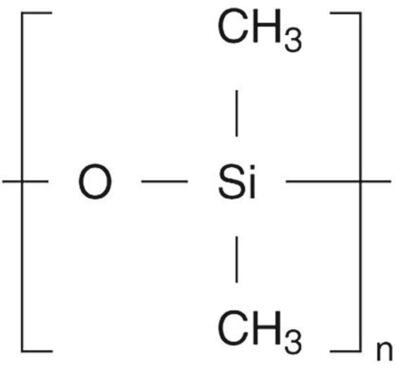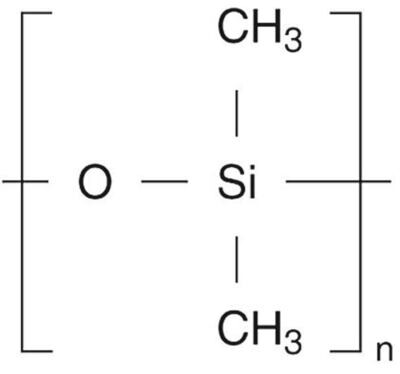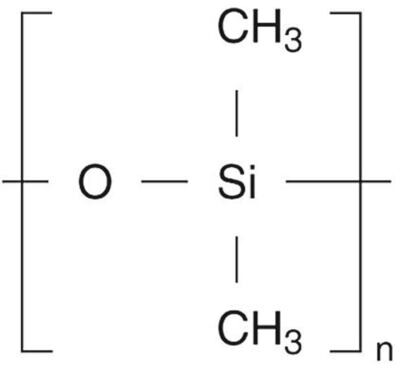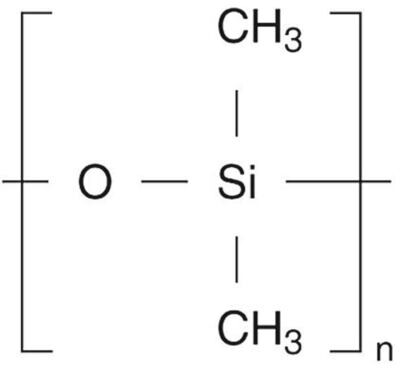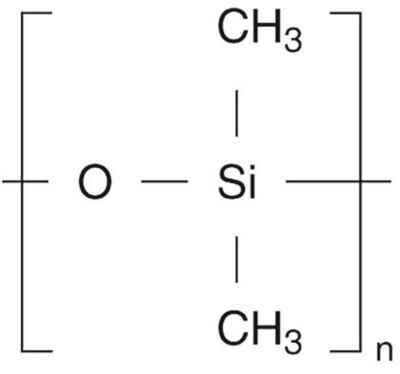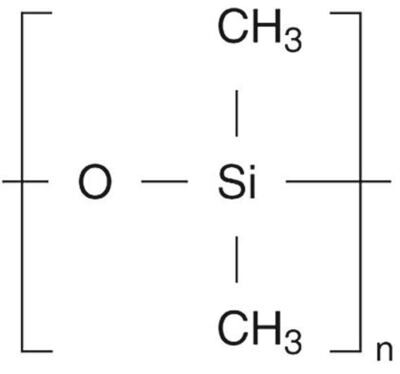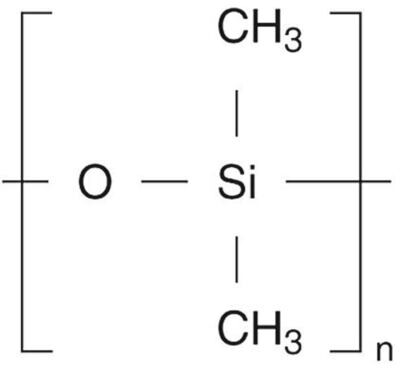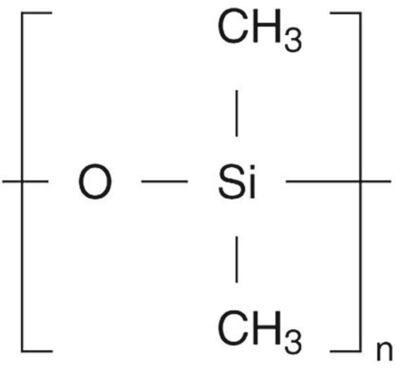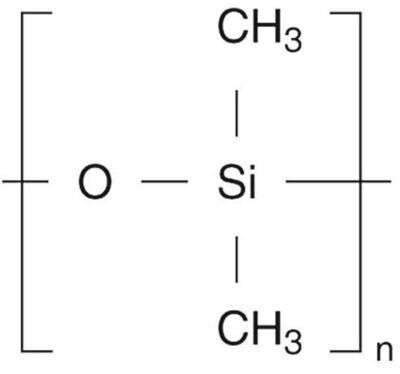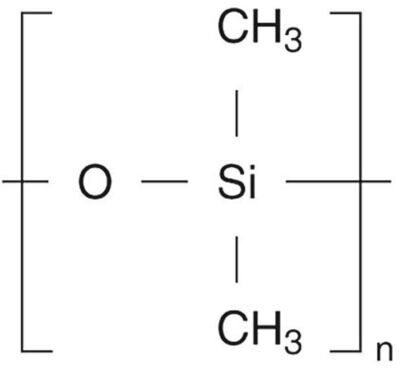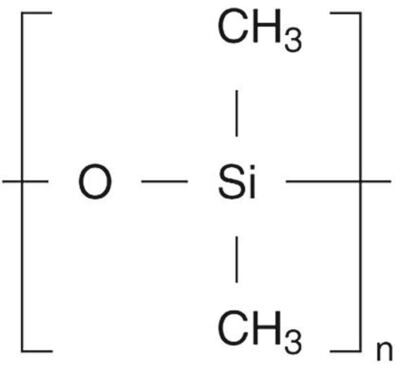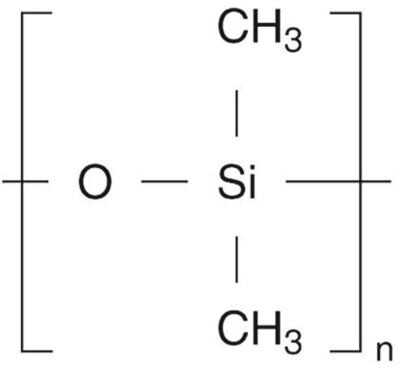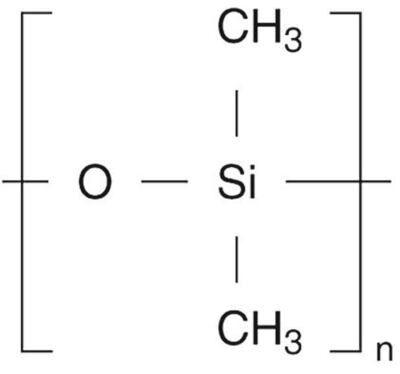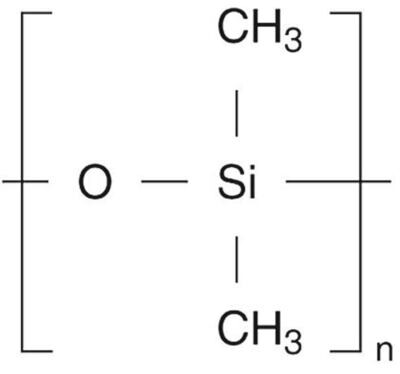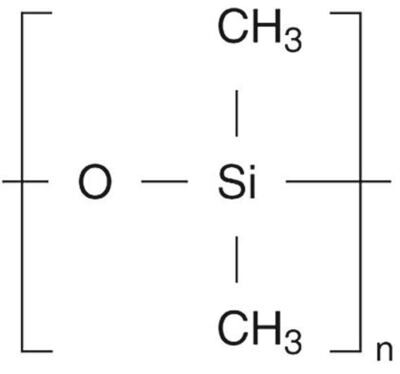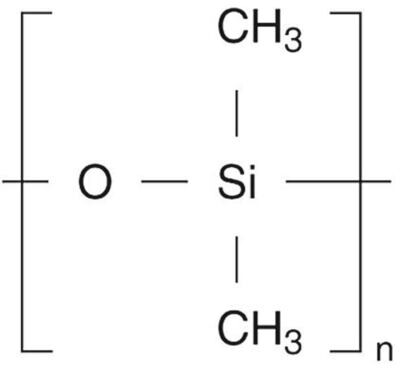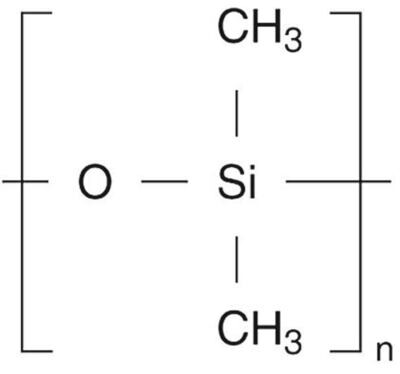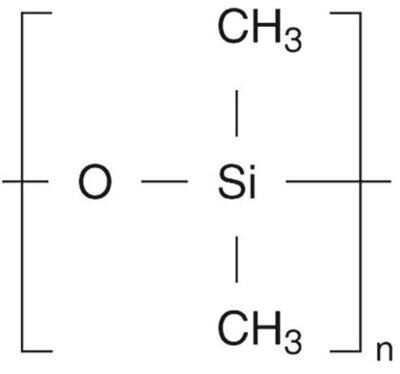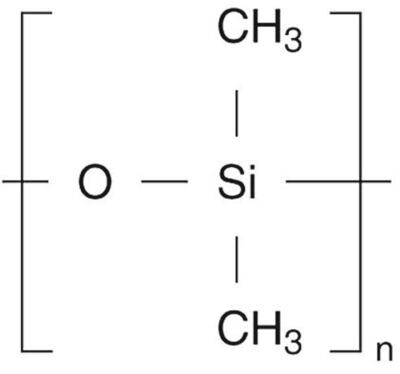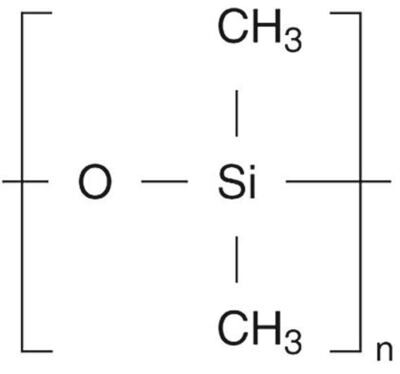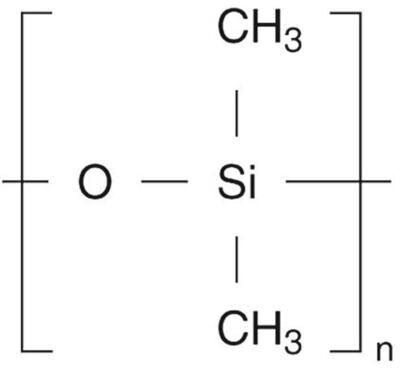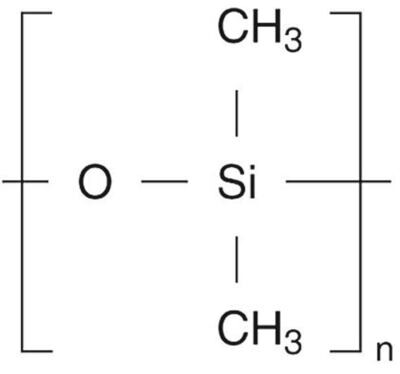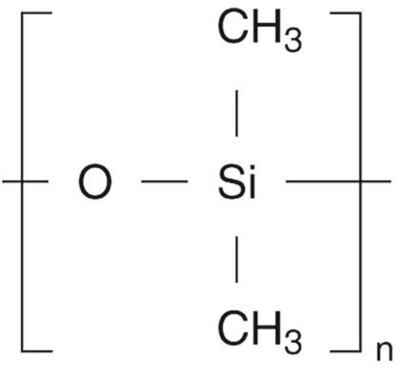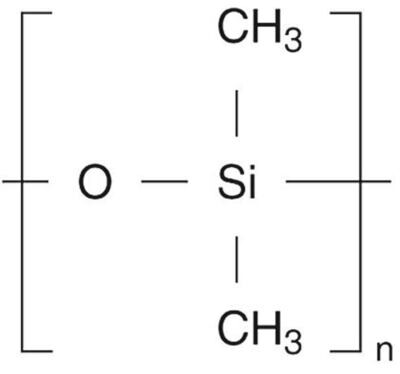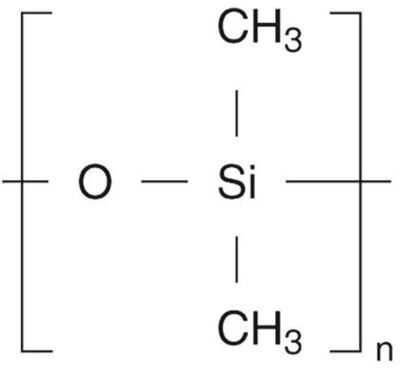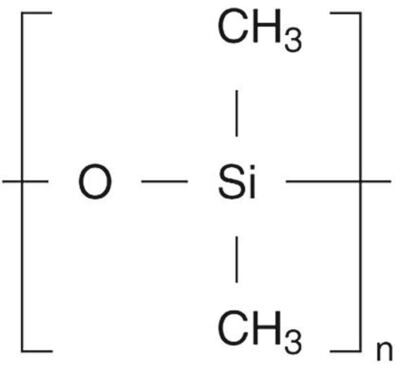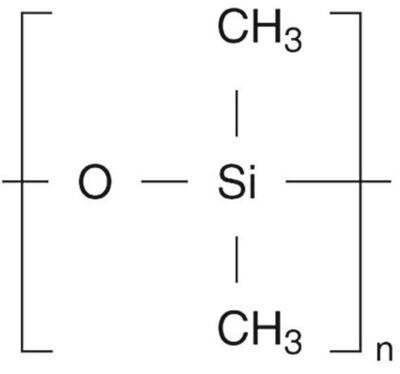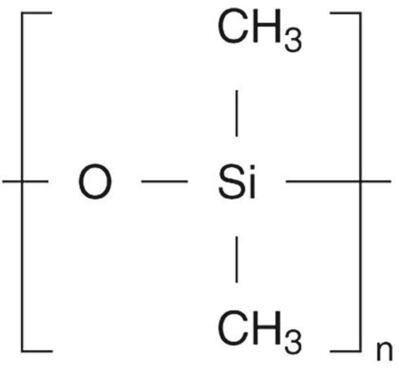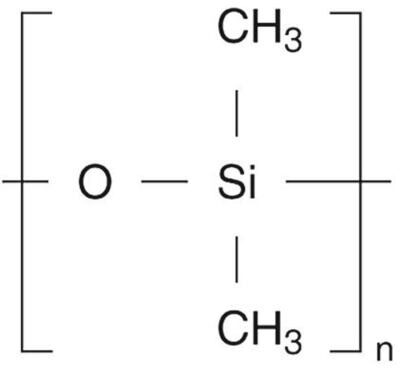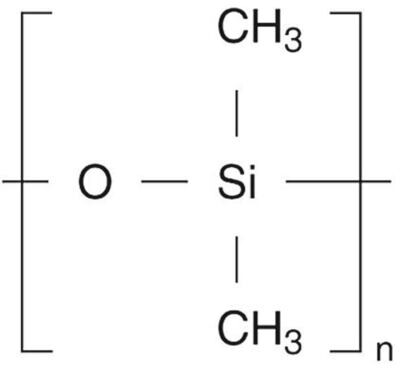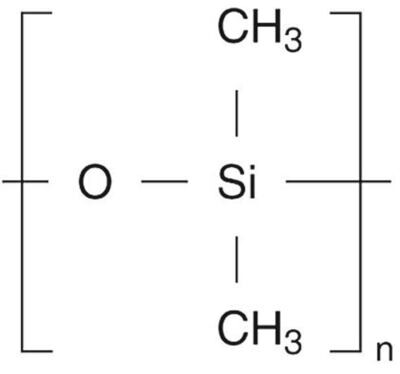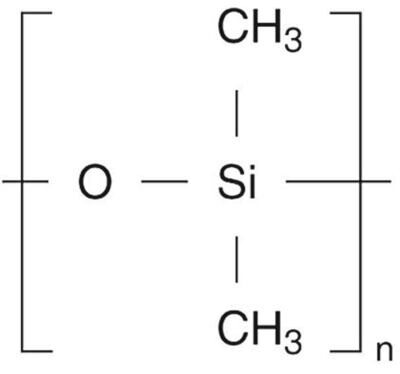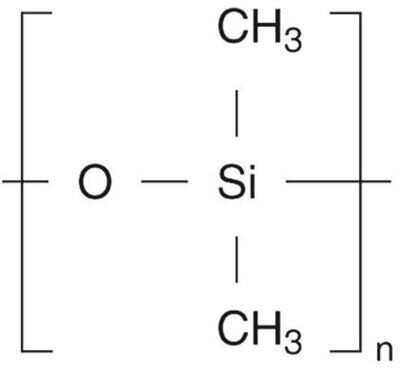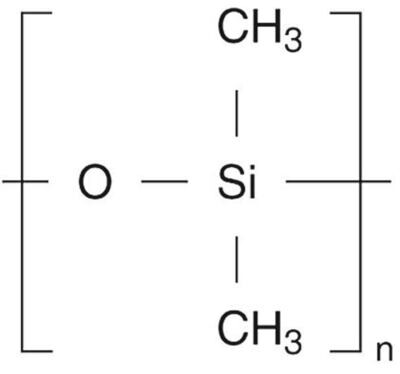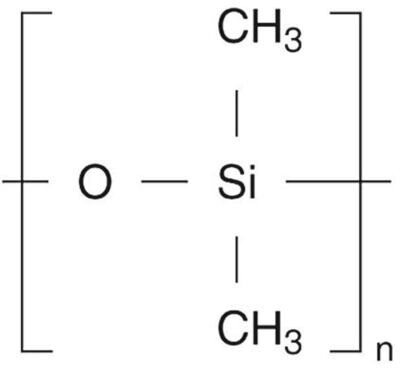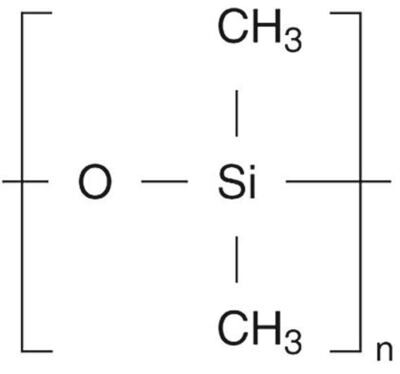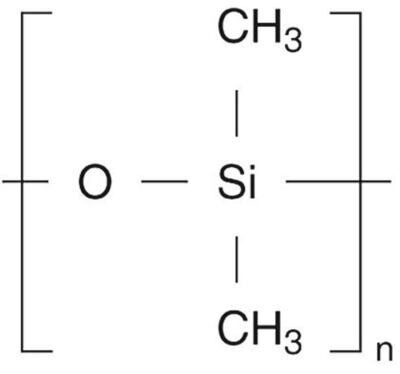Verzending 24–48 u • Levering in de hele EU • Veilige chemieverpakking
Gas chromatography (GC) / Capillary columns for GC
Gas chromatography (GC) is an analytical technique widely used in the chemical industry and laboratories for the separation and analysis of mixtures of volatile substances. It is a powerful method based on the different affinity of components in a mixture for a stationary phase and a mobile phase. An important part of GC is the capillary column, also known as the GC column. This column is a thin tube with an internal coating of a stationary phase. The capillary column is designed to facilitate the separation of components in the mixture through various physical and chemical interactions. The stationary phase in the capillary column can consist of different materials, such as polysiloxane, polyethylene glycol or other polarized polymers. These materials have different affinities for different components in the mixture, allowing selective separation. The choice of the stationary phase depends on the nature of the components to be analyzed and the desired separation. The mobile phase in GC is usually an inert gas, such as helium or nitrogen. This gas flows through the capillary column and transports the components of the mixture to the detector. The speed at which the components move through the column, also called the retention time, depends on the interaction between the components and the stationary phase. By measuring the retention time, the identification and quantification of the components can be carried out. An important advantage of capillary columns in GC is their high resolution. Due to the small diameter of the column and the large length, components can be separated very efficiently. This results in sharp peaks on the chromatograms, allowing accurate analysis. In addition, capillary columns also offer a wide range of applications. They can be used for the analysis of organic compounds such as hydrocarbons, pesticides, pharmaceuticals and many other substances. Furthermore, they can also be used for the analysis of complex mixtures, such as petroleum products and food samples. However, the use of capillary columns in GC requires the necessary expertise and maintenance. The columns should be checked and replaced regularly to ensure optimal performance. In addition, the columns must also be conditioned before use to remove any contaminants and ensure the stability of the stationary phase. In short, capillary columns are essential components in gas chromatography. They offer high resolution and a wide range of applications for the separation and analysis of volatile substances. With the right expertise and maintenance, capillary columns can be a valuable tool in the chemical industry and laboratories.
Refine by
Display prices in:EUR
